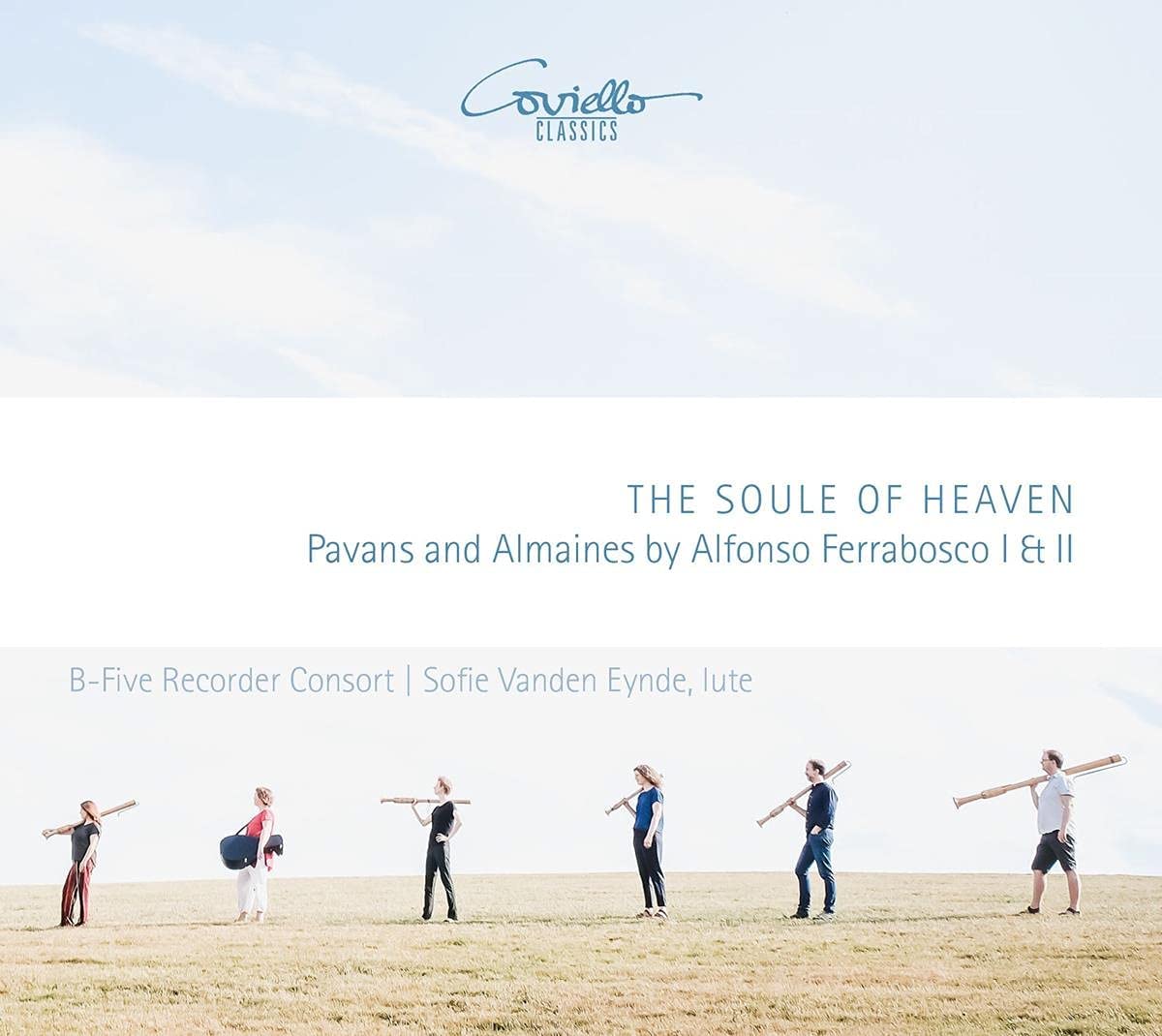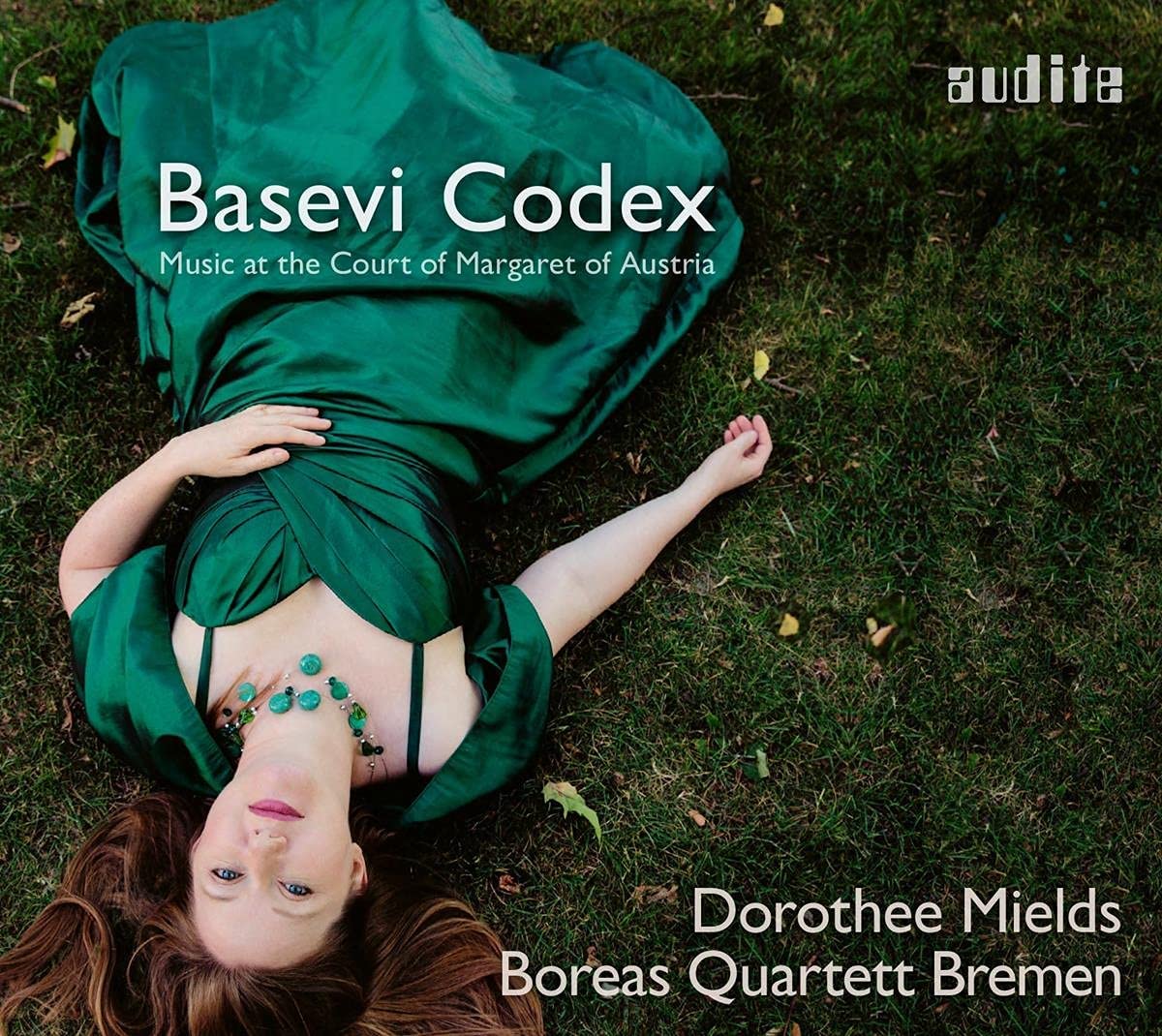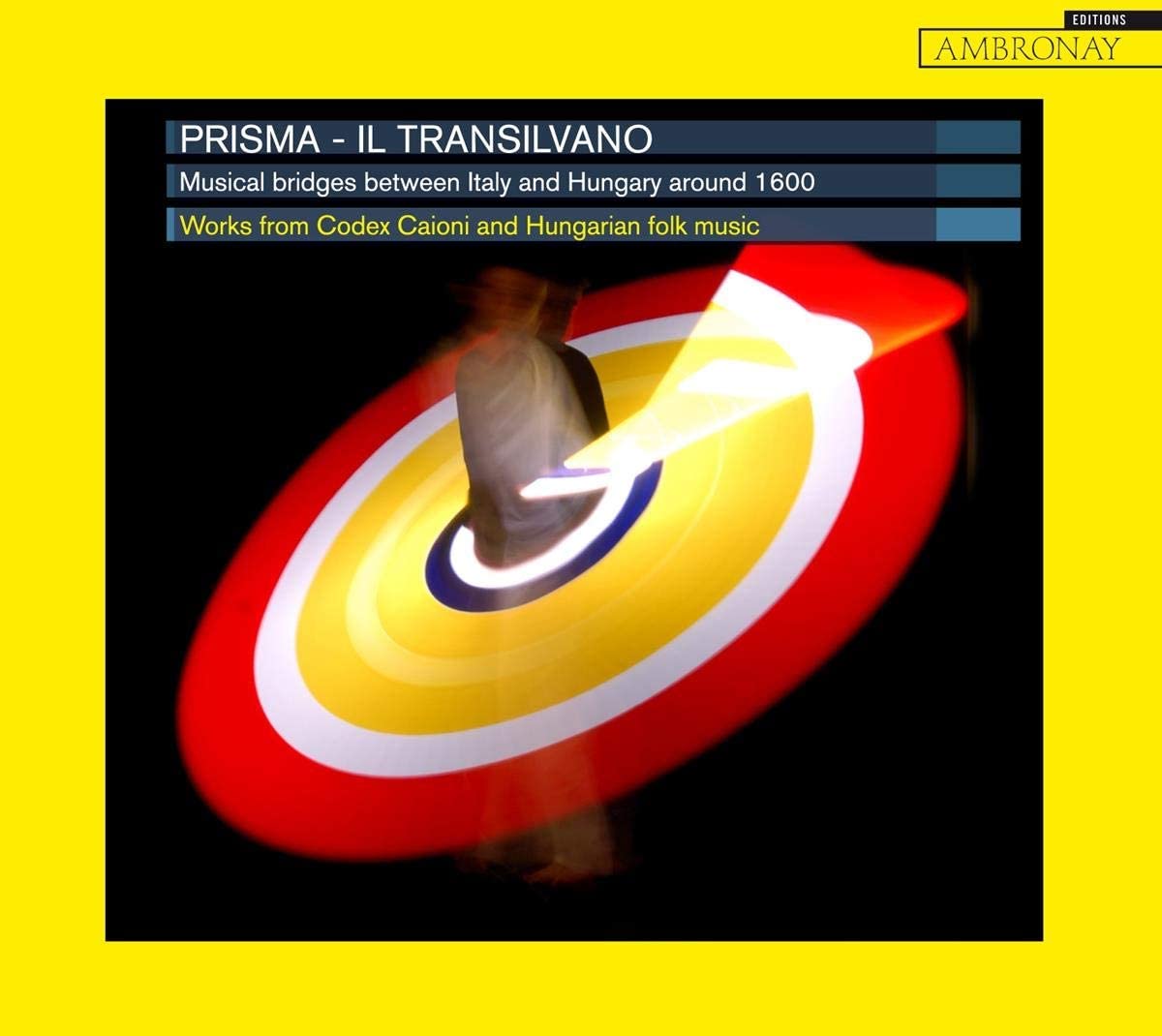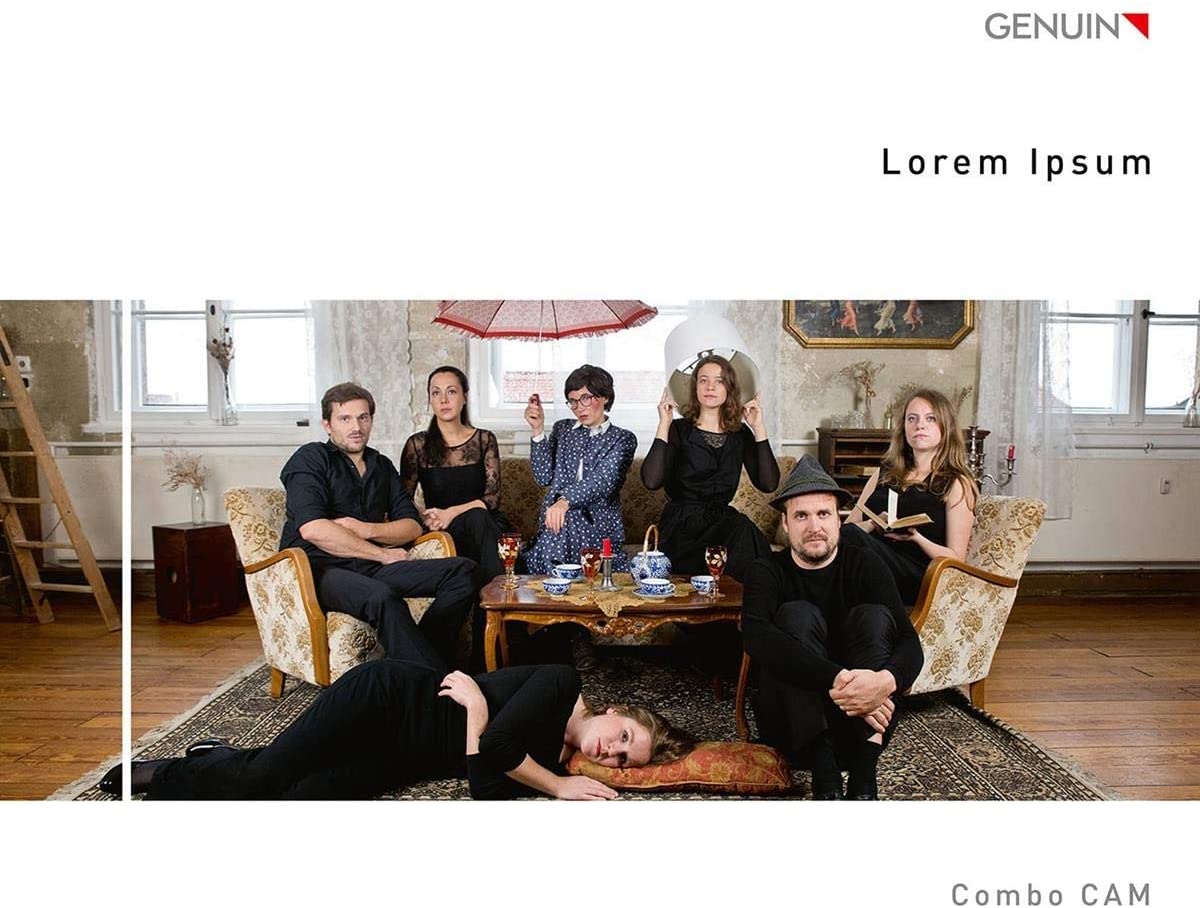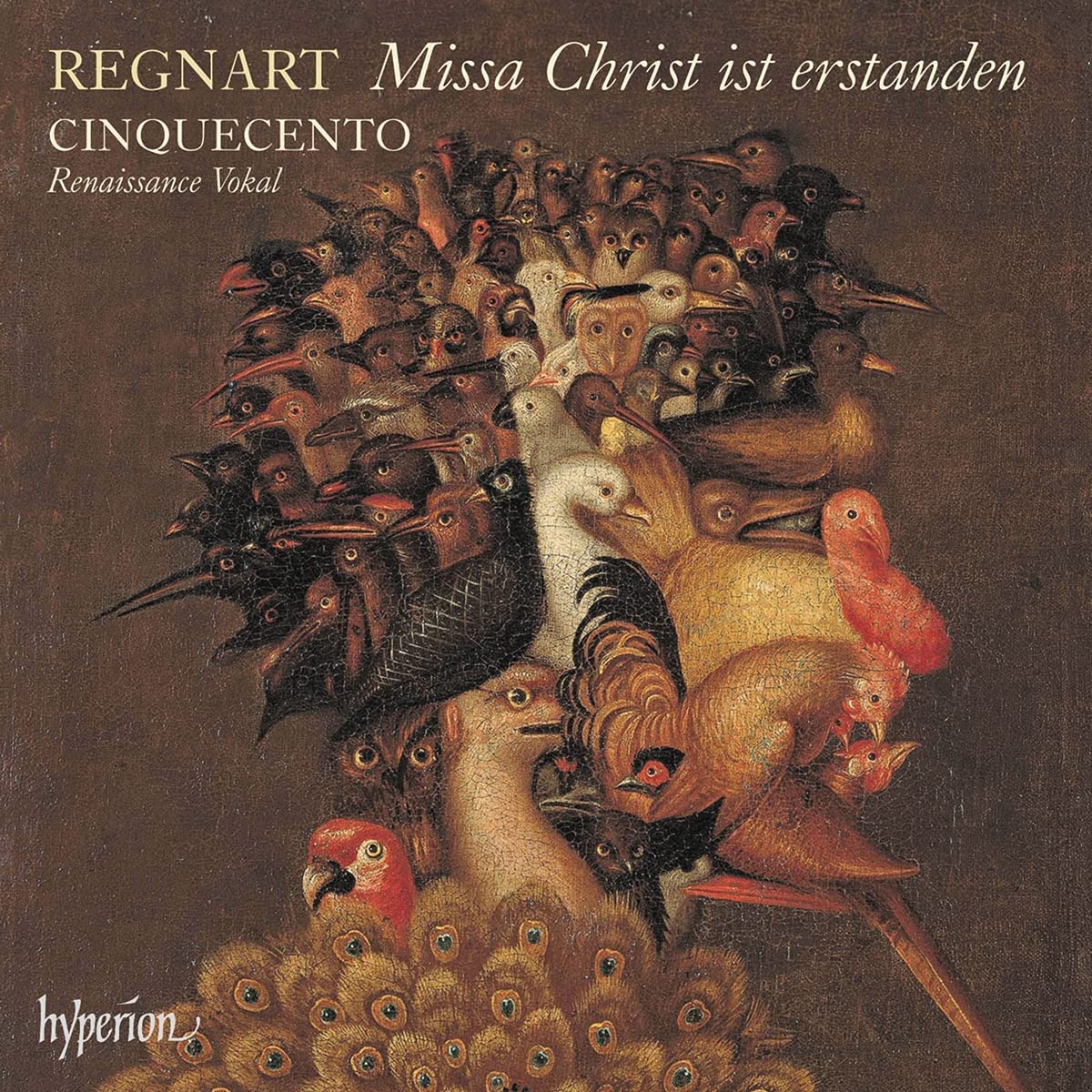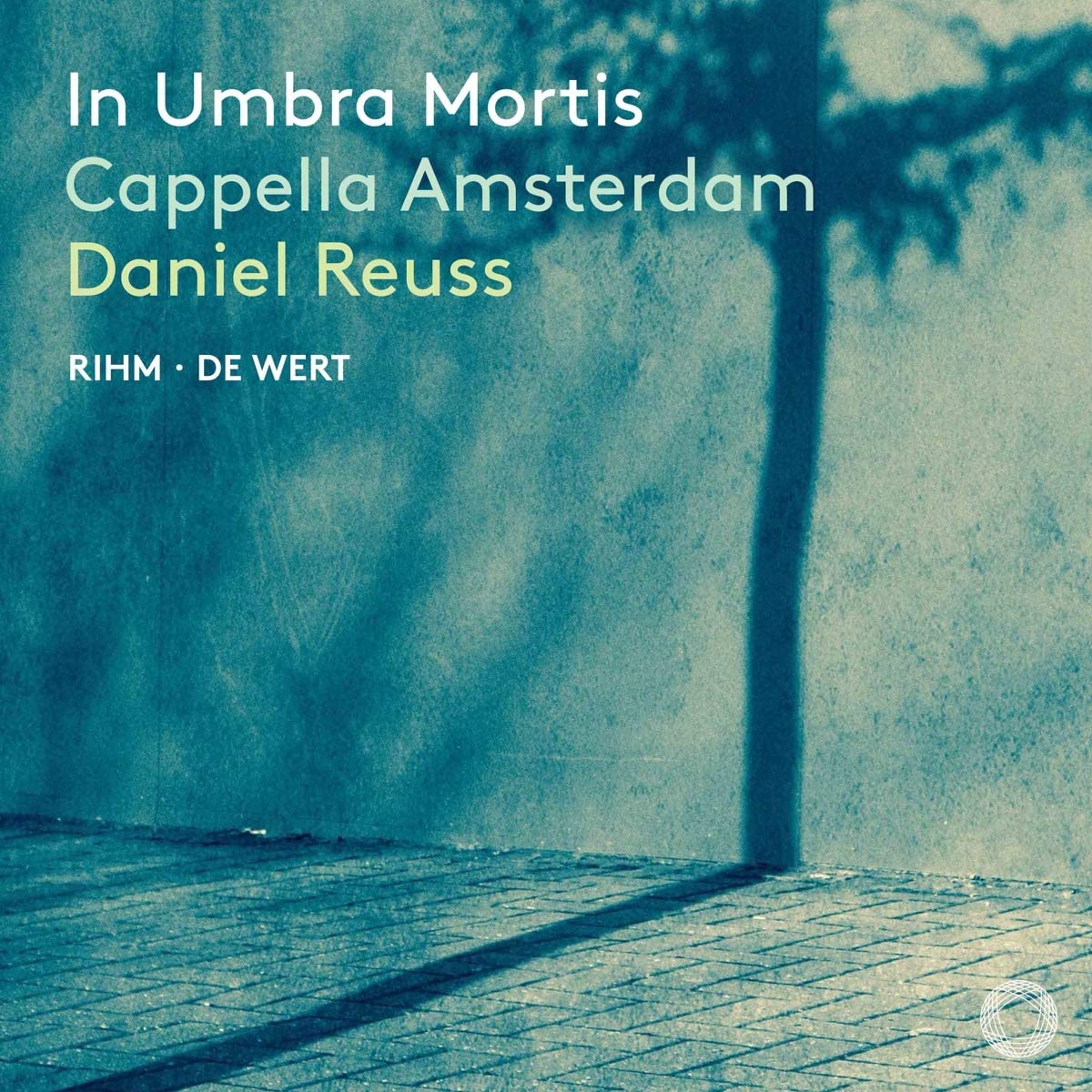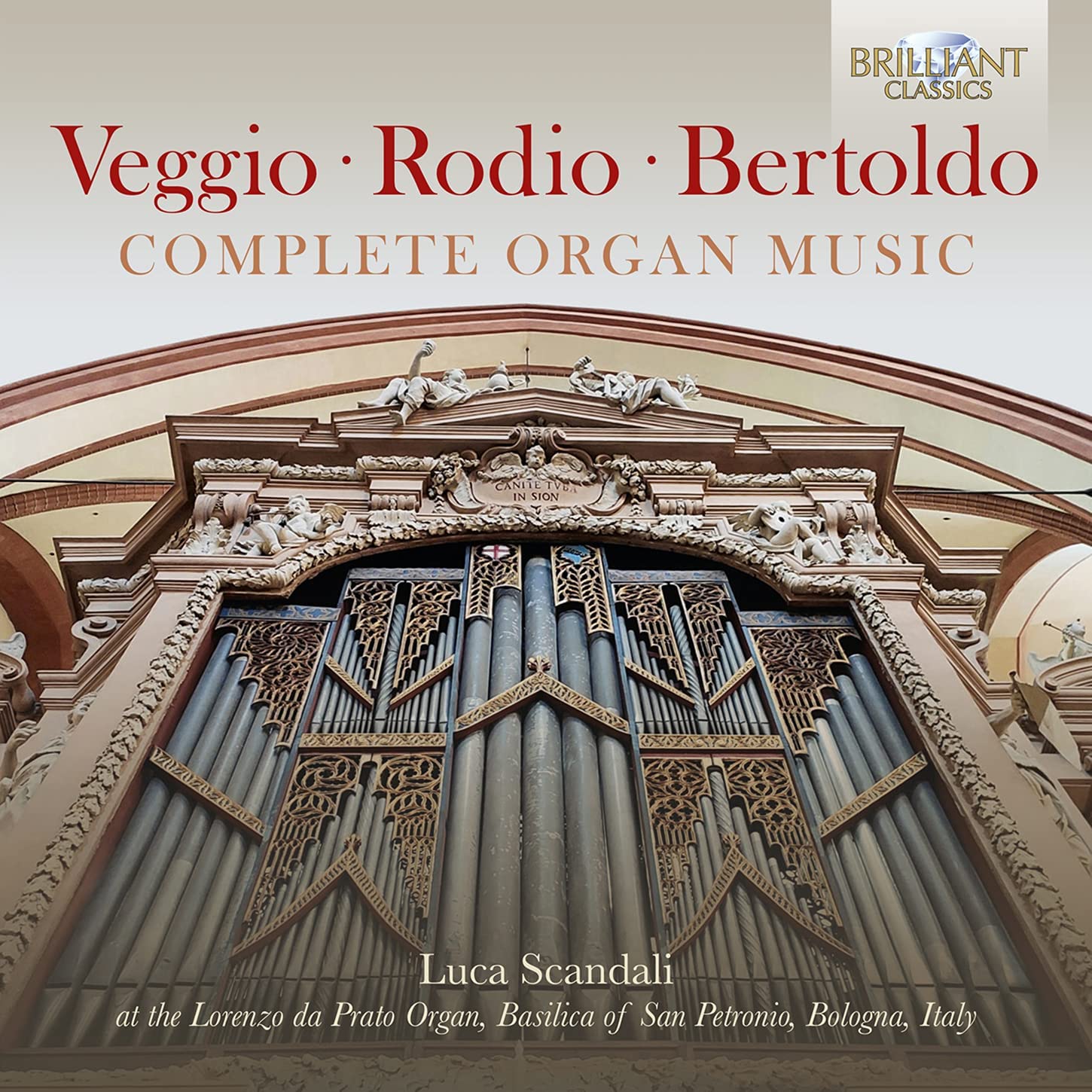Léon Berben organ
76:45
Lanvellec Editions LE00005
https://www.festival-lanvellec.fr/accueil/boutique
Or click HERE to buy an mp3 on amazon.co.uk
[These sponsored links are the only way you can actively support this site and keep it alive… and FREE!]
The Robert Dallam organ in the Church of Saint-Brandan in Lanvellec, Brittany, is a unique survival, built while the maker was in exile in Brittany during the English Civil War. Most of the original pipework survives and the instrument was restored to something close to its original condition in the mid-1980s. It is a real treat to hear it in this recital of John Bull’s music by the Dutch organist Léon Berben. It has great clarity, well captured in this recording, with a rich sound and a good variety of registrational possibilities. Some stops come close to the sound of the musette or bagpipe and are put to good use in pointing up the more earthy elements in Bull’s music. Most of the disc is taken up with the composer’s eleven authenticated In nomine settings. These show great variety of compositional techniques, combining a strict harmonic framework (based on part of a melody from the Benedictus of a John Taverner Mass) with repeated figurative writing. The improvisatory basis of this writing is brought out particularly well by Berben, who also enjoys the frequent changes of metre. He rises to the virtuosic challenges caused by the shortening of note values as these pieces reach their conclusion, and always manages to stop repetitions from becoming boring – something not always easy in Bull’s music. At the core of this programme is Bull’s set of thirty variations on the ‘Walsingham’ tune, a great tour de force of late Elizabethan keyboard writing which takes almost twenty minutes here. It shows off the full range of the organ’s registers as well as Berben’s control of the instrument. A couple of fantasias on Palestrina’s madrigal Vestiva i colli and a few other short pieces completes the disc. There are excellent sleeve notes by Berben and Jon Baxendale. This is a stimulating and enjoyable presentation of some of the best of Bull’s music and can be thoroughly recommended.
Noel O’Regan

